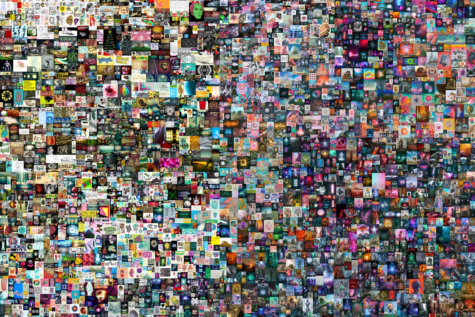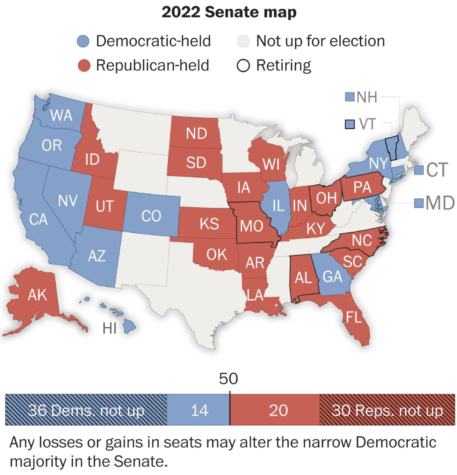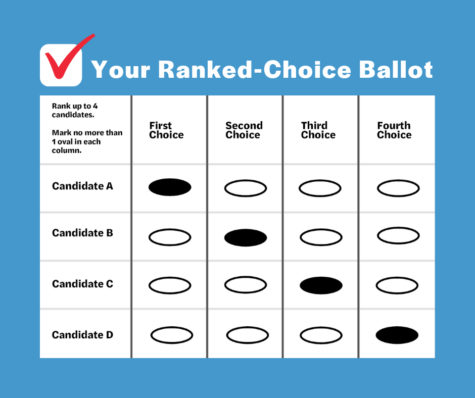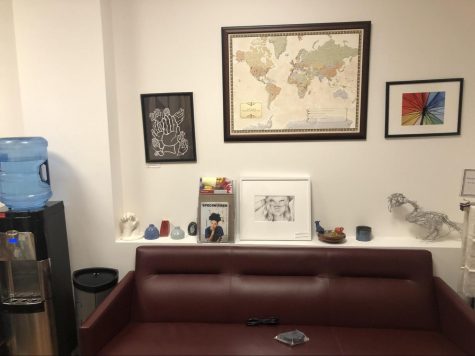Bored Apes and CrypToads: The Official Blotter Guide to NFTs
How much would you pay for a JPEG of a pixelated frog known as a CrypToad? Or a chain-smoking chimp called a Bored Ape? Welcome to the vast and uncharted world of NFTs, the latest get-rich-quick crypto craze to sweep the globe. Since 2015, NFTs have been growing steadily, but 2021 has seen a massive jump in their popularity with $2.1 billion in sales of NFTs in the first half of the year. Last quarter, NFT trading volume reached a whopping $10.67 billion. But a lot of people have had trouble getting their heads around the concept (sometimes humorously), and a universe of hucksters and con men have sought to use that lack of knowledge to their advantage. We’ll break it all down for you.
NFTs stand for non-fungible tokens. That means they are unique objects represented on a blockchain, unlike cryptocurrencies (like Bitcoin) where each unit is exactly the same.
What’s the history?
While precursors to the modern NFT emerged as early as 2011, two years after Satoshi Nakamoto’s Bitcoin white paper that introduced the concept of crypto-currencies, the first NFT project was introduced in 2015 at an Ethereum conference. The project, Etheria, did not take off until 2021, when the tokens sold for $1.4 million. Later, in 2017, the modern Ethereum token standard, ERC-721, was introduced, with multiple NFT projects like CryptoPunks and Decentraland introduced that same year. Decentraland quickly raised $26 million in an initial coin offering. CryptoPunks also took off, with tokens selling for millions of dollars at auction. By 2021, NFTs burst into the mainstream, with popular NFTs being sold by multiple celebrities from electronic musician Grimes to Twitter founder Jack Dorsey and sales records being set at nearly $70 million for Beeple art.
What are the uses?
Many people assume that NFTs are only for selling Doge memes, gifs, or abstract artworks. But new uses for NFTs are emerging, from releasing limited-edition music like global superstars the Weeknd and BTS to virtual real estate in games like the aforementioned Decentraland to the play-to-earn game Axie Infinity where players can make money playing the game. NFTs have been used for an RPG where you own and can sell your character. NFTs can be used to signify domain ownership, as virtual ticket stubs, and tracing physical goods on the supply chain. The relative newness of NFTs and its recent breakthrough into the public sphere means that there are still uses that are out there and some enterprising programmer will devise to make millions of dollars. The possibilities are endless.
Are they a scam?
The Internet is awash in NFT-related schemes. This has convinced many people that the industry as a whole is just waiting to snap up their money, but not all NFTs are scams. Most NFTs are perfectly legitimate (if a little crazy) endeavors. As for people who buy NFTs like Doge memes because of advice on the Internet and subsequently see them fall in value, it is their fault for investing in something like that. NFTs are a tool that can be used for both scams and legitimate uses, and assuming that just because NFTs are plagued with scams does not imply that the technology is inherently bad.
Are NFTs bad for the environment?
Many writers have complained about the NFT impact on the environment. Like most major blockchains, NFTs require a high energy usage and in areas where the power primarily comes from coal or oil, NFTs increase fossil fuel emissions. But increased energy demands do not immediately imply damage to the environment. If NFTs are bought and sold in an area where energy comes from a green source like solar or wind, then it is perfectly fine for the environment. In any case, Ethereum, the blockchain the majority of NFT transactions are on, is planning to update to Ethereum 2.0 which will lower energy demands.
Why should I (as a BC student) care?
Some tech analysts think NFTs are part of a general transition from a centralized Web dominated by large companies like Google and Facebook to a decentralized Web where individual users have more power. Blockchains, where individual users contribute processing power to the larger network, will be the core processing unit of this new Internet and NFTs the collectibles that exist there. This will be the Internet the vast majority of people interact with in their day-to-day lives, so it is crucial to understand this technology to get ahead in the world. It represents a new and unique way for creatives to make and monetize their art. The BC community is full of artists and musicians for whom making NFTs would be a useful way to get their work out in the world and make some money for it.











